As global energy demands continue to rise and the push for sustainability gains momentum, solar power has become a leading solution for clean, renewable energy. Among the various types of solar energy setups available today, hybrid solar systems are gaining popularity due to their flexibility, reliability, and efficiency. But what exactly is a hybrid solar system, and how does it work?
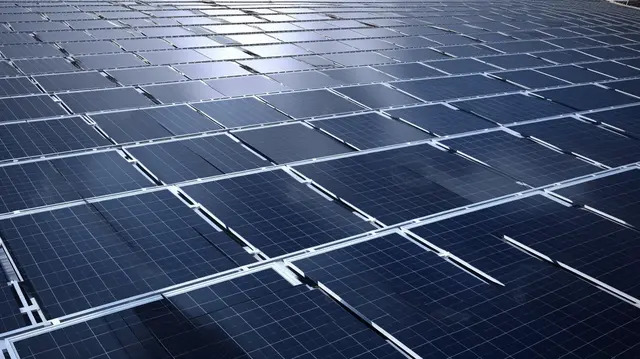
As global energy demands continue to rise and the push for sustainability gains momentum, solar power has become a leading solution for clean, renewable energy. Among the various types of solar energy setups available today, hybrid solar systems are gaining popularity due to their flexibility, reliability, and efficiency. But what exactly is a hybrid solar system, and how does it work?
A hybrid solar system combines the best features of both grid-tied and off-grid solar systems. It includes solar panels, a battery storage system , and a connection to the utility grid . This setup allows users to store excess solar energy for later use while also drawing from the grid when needed.
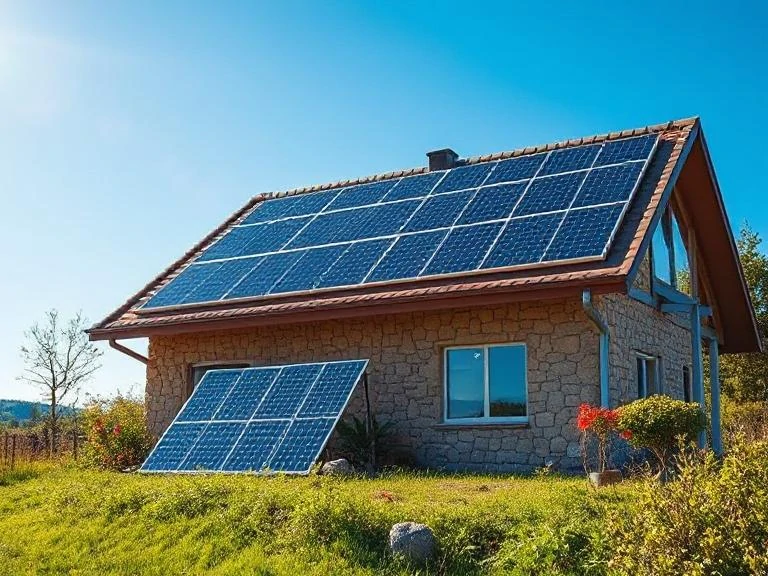
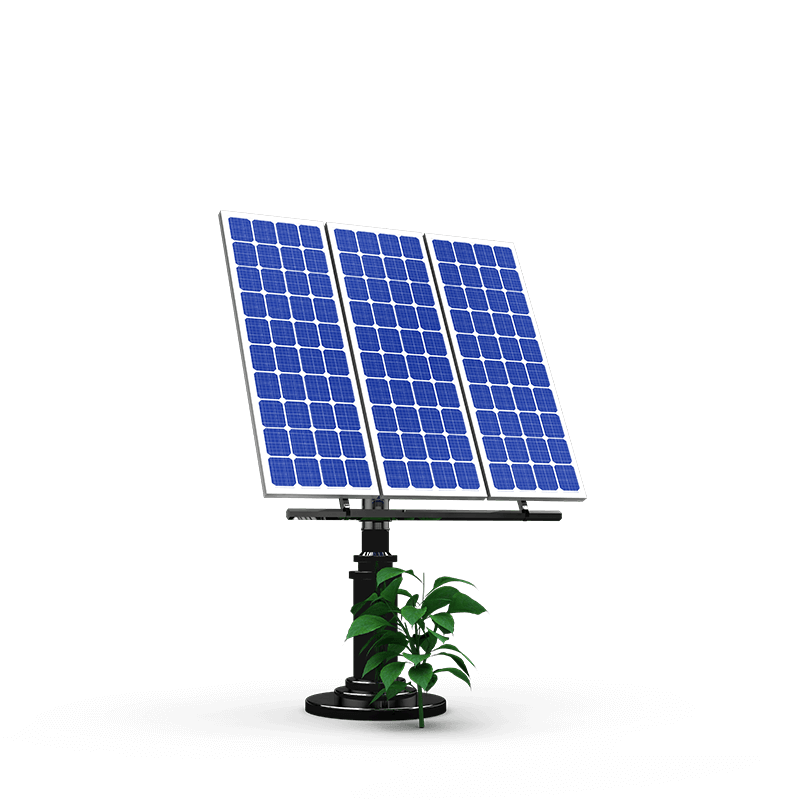
Capture sunlight and convert it into electricity.

Manages power from solar panels, battery storage, and the grid.
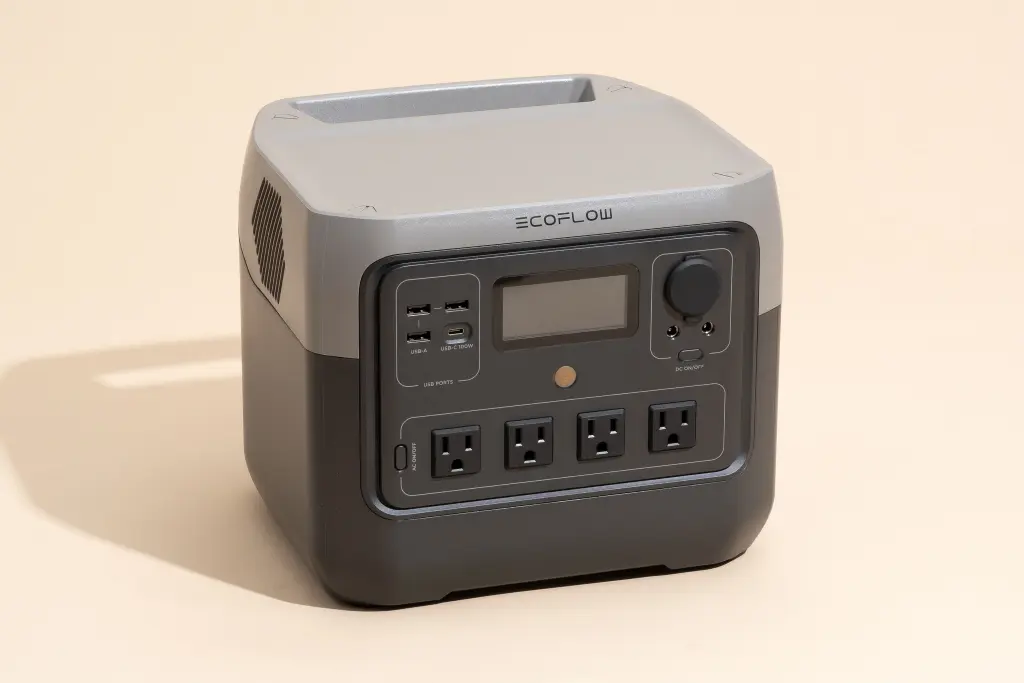
Stores unused solar energy for use during night or power outages.
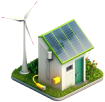
Provides backup power when solar and battery resources are insufficient.
This two-way relationship allows for net metering, a billing mechanism where the utility company credits you for the excess electricity you generate
During the day, solar panels generate electricity. This powers your home or business directly.
Any excess electricity is stored in the batteries.
If the batteries are full, extra power is sent to the grid (if net metering is available).
At night or during cloudy weather, the system draws energy from the batteries. If the battery is depleted, it pulls power from the grid.
Reduce reliance on the grid and lower your electricity bills.
Keeps essential appliances running during power outages.
Automatically shifts between solar, battery, and grid power for maximum efficiency.
Cuts down carbon footprint and supports clean energy goals.
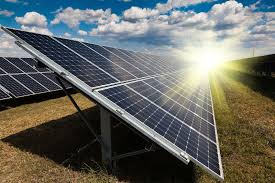
Investing in a commercial solar system is more than a green initiative—it’s a smart business strategy. It’s a step toward energy independence, cost savings, and a stronger, more sustainable brand. As solar technology becomes more efficient and accessible, there has never been a better time for businesses to make the switch.
Hybrid solar systems are ideal for:
However, they come with a higher upfront cost compared to traditional grid-tied systems due to the added battery storage. But with falling battery prices and growing government incentives, the investment can pay off over time